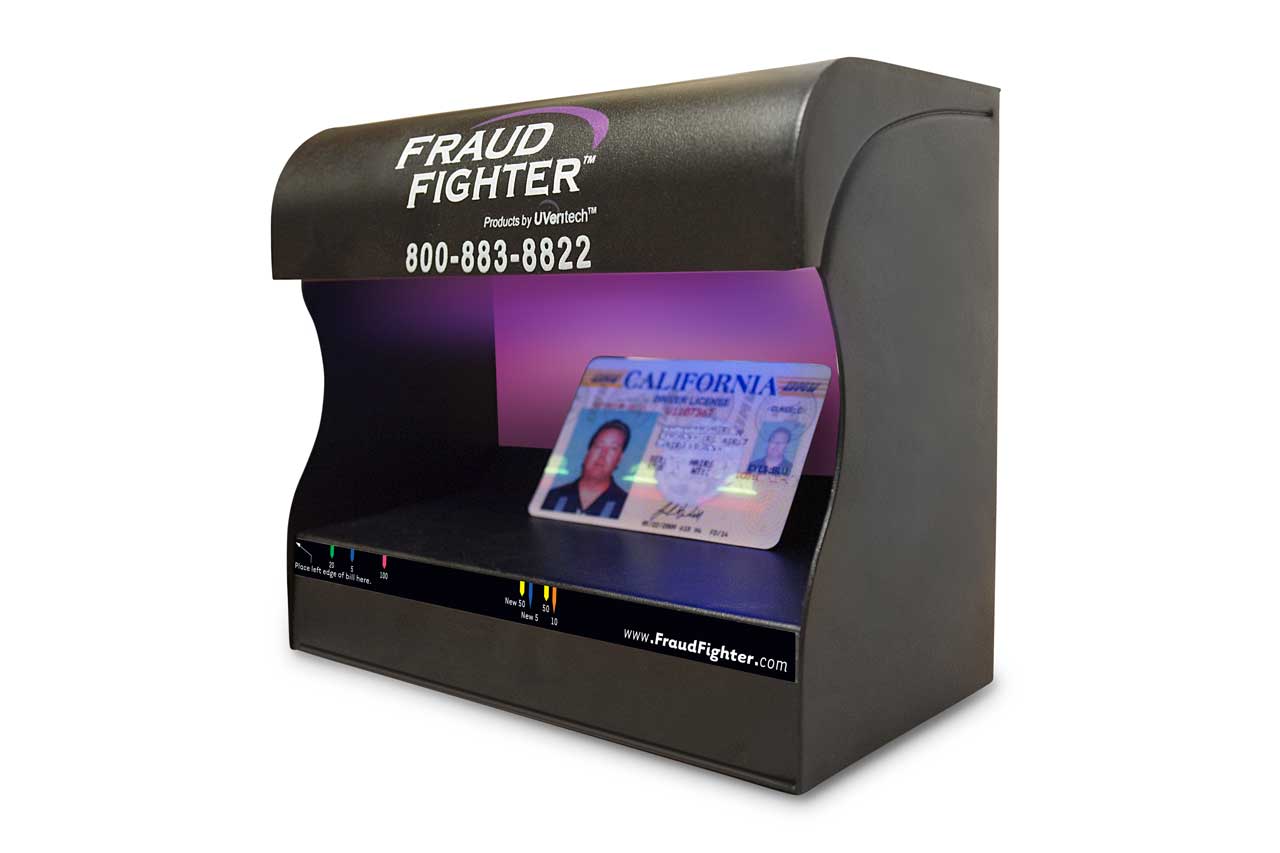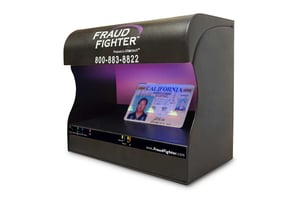


Fraud is big business. The Federal Trade Commission has estimated that 10.8 percent of U.S. adults experienced fraud in 2011, with 37.8 million separate incidents reported. The frauds in this FTC report, which only scratches the surface of all types of fraud, from consumer to corporate, included:
With various methods of fraud affecting more than 1 out of every 10 U.S. citizens, protecting oneself against this threat has become vital to economic survival.
Let us consider the “fraud problem” and a few of its most effective solutions.
The Oxford Dictionaries states that “fraud” is wrongful or criminal deception intended to result in financial or personal gain. Of course, the gain is at someone else’s expense, so there is always a real victim in fraud, and it could be you. Even if the criminal is caught, you may never recover the fraudulently-obtained resources (money, equipment, reputation, good will, peace of mind, or anything else). So simply catching someone who has foisted fraud upon you, your loved ones, or your business is not an adequate solution to the problem. What is needed and indeed most cost-effective and satisfying is to deny the fraudster’s access before the crime can be consummated.
Fundamental to the ability to achieve the intended deception is the fraudster’s need to protect his or her own identity from being discovered. Anonymity is what grants the fraudster the courage and willingness to attempt the crime. If a potential target of identity fraud has equipped himself to verify the identities of those who are doing (or, more importantly, attempting) the fraud, in virtually all cases it can be prevented. Stated differently: One of the most effective ways to fight fraud proactively is to deny the fraudster the anonymity needed to commit the crime.

Now let us approach this from the other direction. If only you can authorize a particular transaction, then fraudsters cannot authorize that transaction unless they are able to successfully represent that they are you. If only your corporation’s employees are permitted in the building, then anyone seeking entrance who cannot prove he or she is legitimate (or permitted temporarily) gets the boot.
Many pet owners have identity chips installed under the skins of their beloved friends to help identify them uniquely to authorities. At this time, though, in our culture, we do not require that people have electronic chips inserted beneath their skin (and we do not supply companies and agencies with chip readers), so we need a less invasive but still extremely effective way to prove that we are who we say we are. In any event, digital, at-a-distance transactions are becoming increasingly popular, so bearing an ID chip in your arm still may not do the trick when conducting a not-in-person transaction over the internet or the phone.
So how can we ensure that you and only you are recognized as the legitimate signer/owner/authority? That the client is really the one with the $25 million account? That a patient’s confidential medical records do not fall into the wrong hands?
This is the role of professionally-implemented identity authentication (ID Authentication) program. ID Authentication is the method deployed to help ensure that fraudsters cannot affect crimes such as:
Many institutions are subject to governmental regulatory compliance demands that include identifying and keeping accurate, protected records for and about their personnel and their clients. For example, the Bank Secrecy Act (BSA) requires financial institutions to authenticate IDs of people for certain transactions, as well as to report certain transactions.
Not only financial institutions face requirements to authenticate identification and to report transactions. Medical facilities small and large (e.g., HIPAA requirements), defense contractors, and more must protect and authenticate information and often the identity of their clientele. The list of companies needing formal ID Authentication is broader than you might think: Even a supermarket that provides money orders for its customers is included under the formal definition of “financial institutions” that must authenticate IDs.
So companies that conduct money transfer services are obligated under the Bank Secrecy Act to authenticate the identities of their customers. The only certain way to do this is by verifying that the identity card they carry, which in the United States is typically the state-issued driver license, is not a fake or forged document, and that the name on the card matches what has been given.
ID Authentication is therefore pivotal to one’s own protection as well as to the lawful conduct of many businesses. The good news is that ID Authentication can be implemented correctly and legally at very low cost and rather simply in most cases. A given business’ needs for ID authentication are often unique, so it is important to turn to an experienced fraud detection company to craft the most cost-effective, efficient way to protect itself, its clients, and to meet the letter of the law.
Fraud Fighter, the worldwide leader in counterfeit detection, has a division devoted entirely to professional ID Authentication. You will find us at FraudFighter.com.
If you are reading this on anything other than FraudFighter.com it is stolen content.
Follow us on Twitter @FraudFighterCo.
Come visit our Fraud Prevention Blog.
References
Federal Trade Commission: Consumer Fraud in the United States, 2011: The Third FTC Survey. Staff report of the Bureau of Economics, Federal Trade Commission, April, 2013. https://www.ftc.gov/sites/default/files/documents/reports/consumer-fraud-united-states-2011-third-ftc-survey/130419fraudsurvey_0.pdf
Financial Fraud Research Center: How much fraud is out there?
http://fraudresearchcenter.org/prevalence/


.png)
